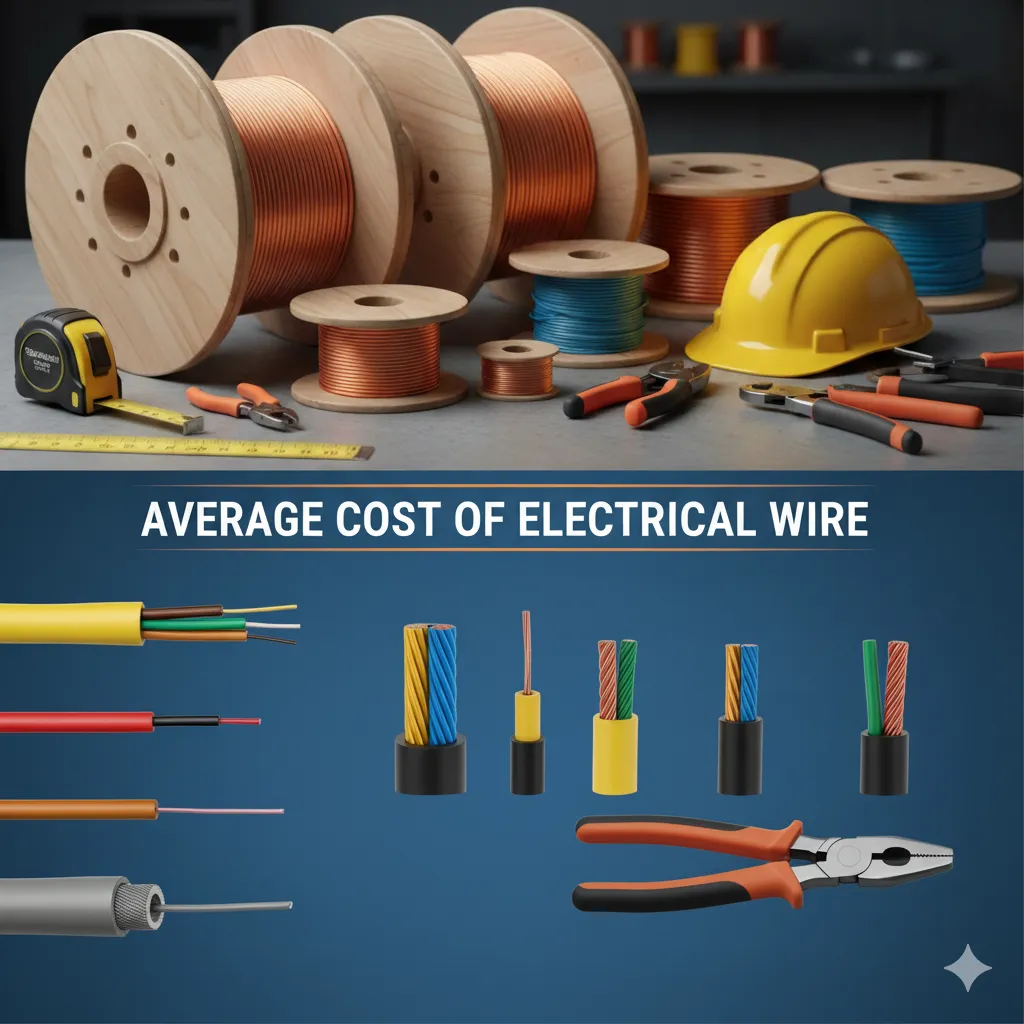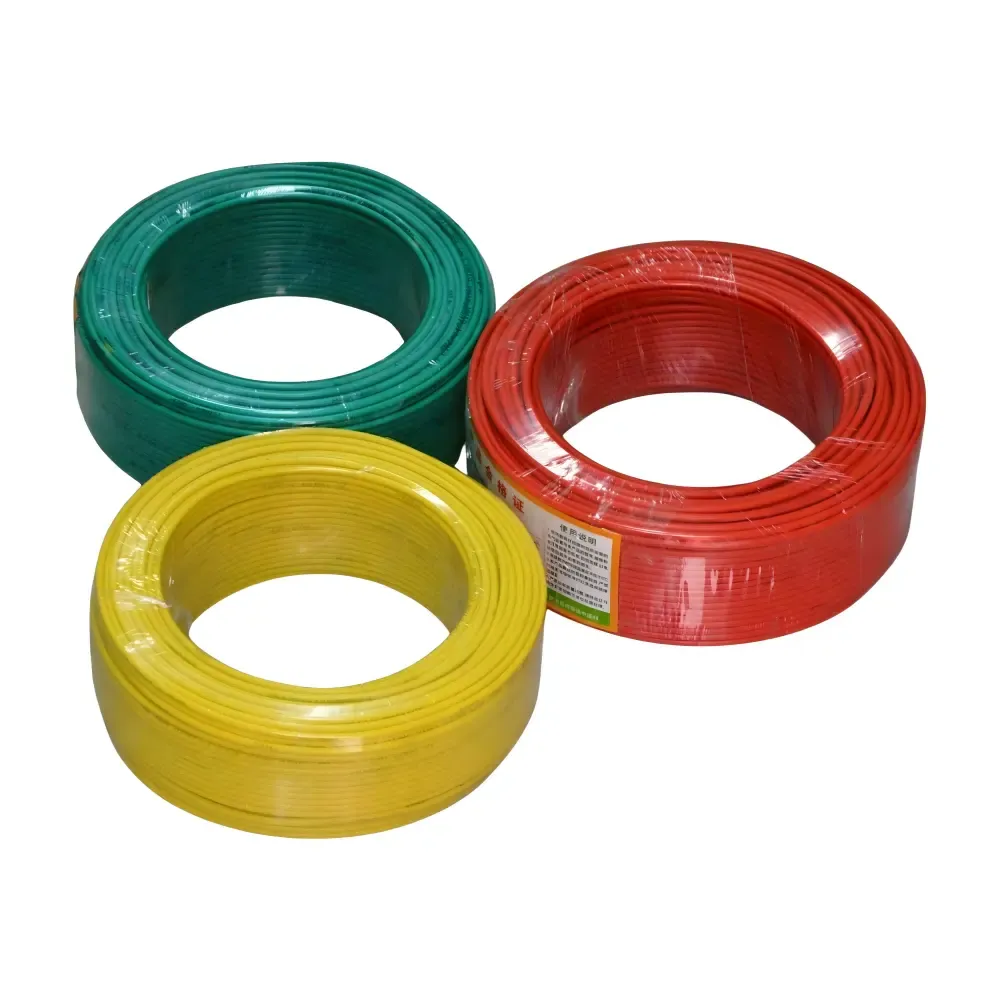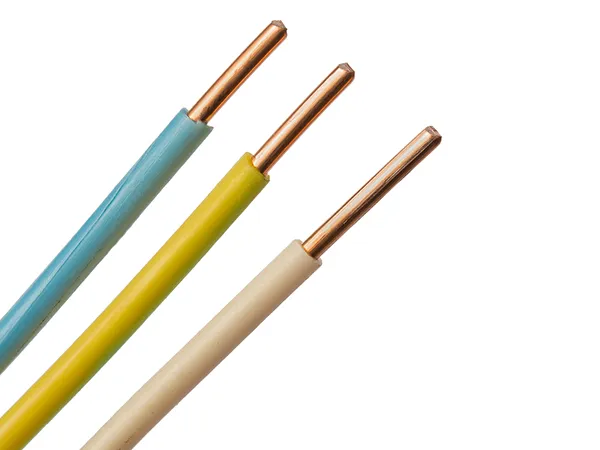Time: 2025-11-02 01:45:19 Source: Henan Province Jianyun Cable Co., Ltd.
Electrical wire is a fundamental component in modern infrastructure, powering homes, businesses, and industrial facilities. Understanding its average cost is essential for budgeting in construction, renovation, or maintenance projects. This article explores the factors influencing pricing, common types of electrical wire, and typical cost ranges based on current market data as of November 2025. Drawing from industry expertise, we provide insights to help professionals and homeowners make informed decisions while ensuring compliance with standards such as the National Electrical Code (NEC).

Electrical wire consists of conductive materials, typically copper or aluminum, encased in insulating jackets to safely transmit electricity. It serves as the backbone for electrical systems, facilitating power distribution from sources to outlets, appliances, and lighting. Wires are rated by factors including voltage capacity (e.g., 600 volts), temperature resistance (up to 90°C in many cases), and environmental suitability, such as moisture or sunlight resistance.
The core structure includes conductors—solid or stranded for flexibility—and insulation materials like polyvinyl chloride (PVC) or thermoplastic high-heat resistant nylon (THHN). Grounding wires are often incorporated for safety. Proper selection ensures reliability, preventing hazards like short circuits or overheating.
Electrical wires vary by application, with each type designed for specific environments and uses. Below are common categories:
These types adhere to standards like UL 83 and ASTM B3, ensuring durability and safety.
Several elements determine electrical wire pricing, reflecting market dynamics and production complexities:
Recent data indicates copper prices have risen 7.8% year-over-year, impacting overall wire costs.
As of November 2025, average material costs (excluding installation) range from $0.10 to $4.00 per linear foot, varying by type and specifications. These figures exclude labor, which adds $2 to $5 per square foot for installations. Prices may fluctuate; consult suppliers for quotes.
| Type | Average Price per Foot (USD) | Examples/Notes |
|---|---|---|
| NM-B (Romex) | $0.50 to $3.00 | For standard 12/2 or 14/2 gauges; 250-foot roll of 12/2: $108 to $230 ($0.43 to $0.92 per foot) |
| UF-B | $2.00 to $4.00 | For outdoor burial; e.g., 10/2 at $2.71, 8/3 at $3.04 |
| THHN/THWN-2 | $1.00 to $5.00 | Depending on gauge; e.g., 8 AWG at $1.17, 6 AWG at $1.06, 1 AWG at $4.72 |
| MC Cable | $1.50 to $6.00 | Enhanced protection for commercial applications |
| Service Entrance (SE) | $3.00 to $15.00 | For heavy-duty feeds; copper higher than aluminum |
Copper wires dominate due to superior conductivity and corrosion resistance but command premium prices—up to $9 per foot for 100-amp service. Aluminum, at around $3 per foot for similar applications, offers cost savings but requires larger gauges to match performance and may oxidize over time. For high-demand circuits, copper's longevity justifies the expense, while aluminum suits budget-conscious projects compliant with NEC guidelines.
| Material | Price Impact | Pros | Cons |
|---|---|---|---|
| Copper | Higher (up to $9/foot) | Superior conductivity, corrosion resistance | Premium cost |
| Aluminum | Lower (~$3/foot) | Cost savings, suitable for budgets | Larger gauges needed, potential oxidation |
To optimize costs without compromising safety:
Always prioritize quality to prevent future repairs.
The average cost of electrical wire reflects a balance of material quality, market conditions, and application specifics. By understanding types, factors, and pricing, stakeholders can budget effectively while maintaining safety and efficiency. For tailored advice or quotes, contact a reputable supplier.

CE Certification 450/750v H07VVF Flexible Copper PVC Insulated Ac Cable 3*2.5 Mm

low voltage copper conductor PVC insulation underground BV BVR cable for industr

PVC electric wires are one of the most widely used electrical conductors in resi

H07V-U wire is a flexible, low voltage electrical wire commonly used in industri